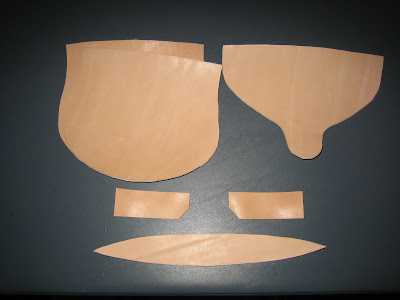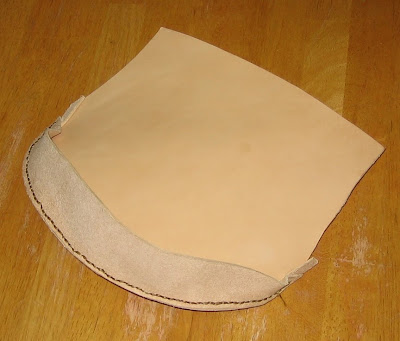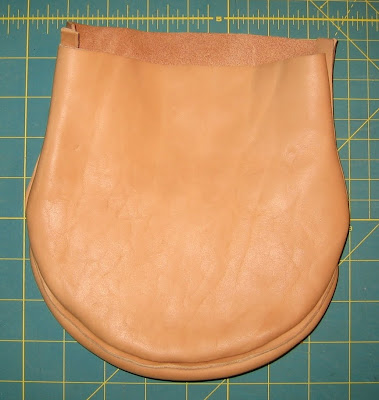Brokennock
Cannon
You are one condescending s.o.b. aren't you. I was simply questioning you term to "roll" the cut to reduce the material. Didn't know if there is some material reducing cut that I'm unaware of. The corners are cut on a curve, I might turn the bag inside out and take a pic or two and post it. For my own learning purposes,,,,,









